How to Drown a Jet
I wasn’t sure what I was going to write about today and then I saw this unbelievable video posted on Golf Hotel Whiskey entitled Amazing video of how NOT to land a Cessna Citation 2. Although the incident was over five years ago, I’d never seen it before.
The Citation, OY-JET, was coming into Atlantic City, New Jersey. He had the airport diagram attached to his control column which read “Arpt CLOSED to jet traffic”. The pilot flew a low pass over runway 29 and then climbed out to the right. He then came in to land on runway 11.
Somewhat telling is the commentary from the person who started filming: “We’ve got a nutball trying to land.” Even he didn’t expect to see the landing go so completely wrong, though. And then at the half-way mark of the video, just when I thought it was all over, things suddenly get exciting again. Take a look:
The pilot stated that he “lost the brakes”; however there as no fault found with the brake system nor the emergency brake system. However, examination of the runway shows that the treadmarks start about two-thirds down the runway.
OY-JET appears to have touched down about 800-1,000 feet beyond the approach end of runway 11. The video shows us the windsock with a tailwind which as been estimated at 10-15 knots. Runway 11 is a 2,948 foot asphalt runway.
NTSB Factual Report NYC05LA085
According to the Cessna 525A Landing Distance Chart, an airplane with a landing weight of 11,400 pounds required 3,000 feet of landing distance, in a no wind situation. With a 10 knot tailwind, the airplane required 3,570 feet of landing distance.
 So if he’d landed on the numbers, he still would have not have been able to land safely. Touching down a third of the way down, he had no chance at all.
So if he’d landed on the numbers, he still would have not have been able to land safely. Touching down a third of the way down, he had no chance at all.
The same pilot has been in the news once before, as a result of this photograph taken into the cockpit of a Cessna 550 Citation II at Copenhagen five years previous. Maybe he’d planned to go skinny-dipping?
The NTSB have published Probable Cause on their website.
The pilot’s improper decision to plan a flight to a runway of insufficient length, his improper in-flight decision to land on that inadequate runway with a tailwind, and his failure to obtain the proper touchdown point.
Other than that, though, it was a lovely landing.
The owner of the aircraft appears to have one heck of a sense of humour. They’ve replaced the ruined aircraft with a Cessna 680:
Photos: Cessna 680 Citation Sovereign Aircraft Pictures | Airliners.net
The new registration? OY-WET
If you found this post interesting you might enjoy the following:
- Tipsy Nipper Crash Video
- A Mexican Adventure
- All I Need is the Air that I Breathe
- A Close Encounter with an Emu
- Cross Country Solo
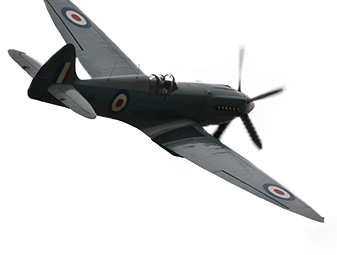

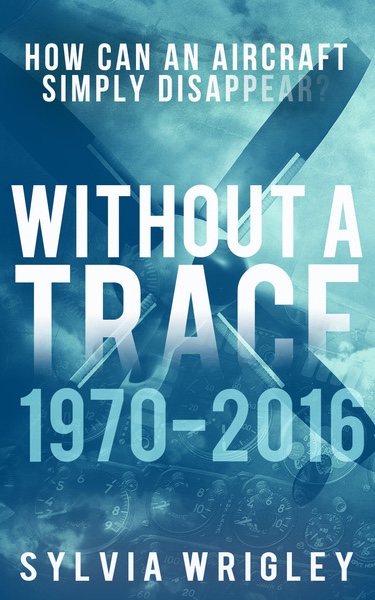
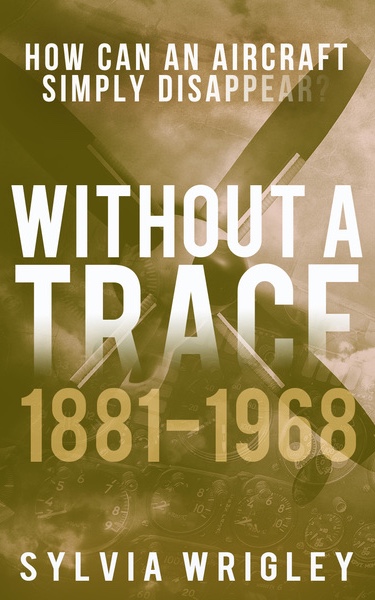
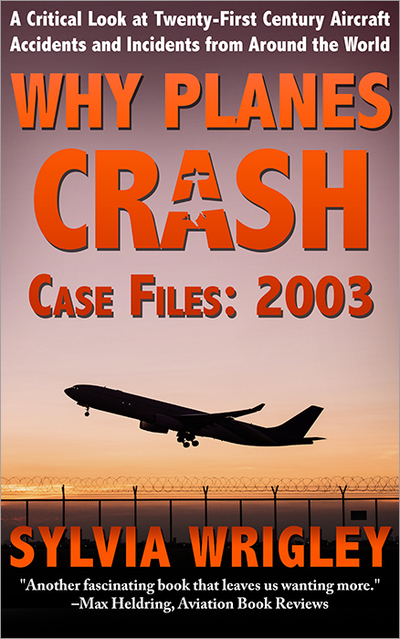
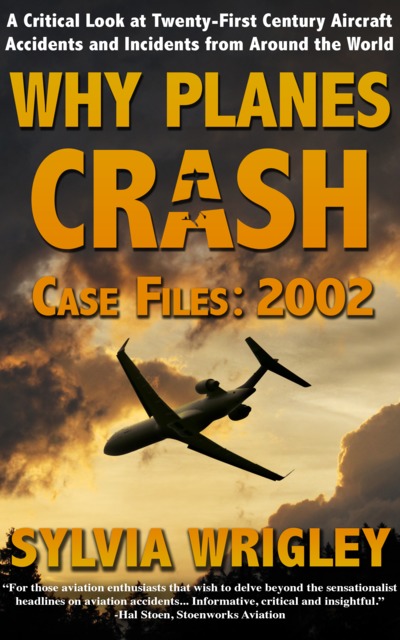
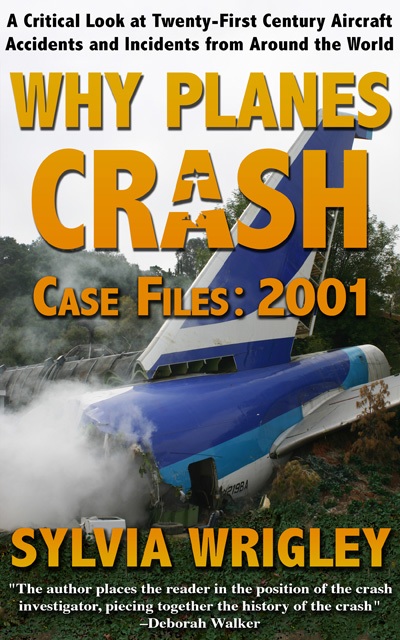

Nooooo! The video cuts off too early. What happened when the jet intake went underwater?
Tailwind 10-15 kts ?
NO aircraft is certified, to the best of my knowledge, to land with a tailwind component of over 10 kts.
Unless the aiport is Jeddah, Ryadh or any runway in a climate that is “hot and high” will the pilot stand a good chance to pull it off.
These airports have runways in the order of 5000 m. length !
And even then, it can be VFR (very f..ing risky) !
I fly the Boeing 777. The -300 is certified to land with a tailwind of 15 knots.
It was like the little Citation that could.
It was determined to dog paddle its way to shore.
Yeah, a mop, a bucket, and a couple-a Bounty quicker-picker-uppers,
He should be right as rain.
I agree with Andy Raffle – I’d love to see a longer video. What happened to the jet – did the engine(s) stop once the intakes went under the water? did the engine(s) stop when they ran out of fuel? It would have really been something if the jet had powered itself back onto land and started “taxiing” all over the place with no one inside.
why did atc allow him to land in the first place? if he didn’t say his aircraft type they would at least have seen it come in for landing and make it go around right? the new registration oy-wet is crazy though
The pilot contacted Atlantic City International (ACY) approach, who cleared the pilot for a visual approach into Bader field (Atlantic City Municipal, AIY). AIY has a unicom frequency, but no control tower of its own. Pilots use this to co-ordinate with each other. Many small airports operate like that, and with 4 flights per hour, it usually worked well. The pilot never checked in on the unicom.
Generally, it’s the pilot’s responsibility to determine which airport they can safely use. ATC exists to regulate traffic; if a pilot wants to land somewhere, they’re there to make that happen safely.
It’s a bit surprising to me that ACY cleared the Citation to approach AIY, given that AIY was closed to jet traffic at the time. It’s more surprising that the pilot proceeded to land without obtaining a landing clearance or checking in on the unicom.
The accident happened in 2005. Bader field was closed in 2006.